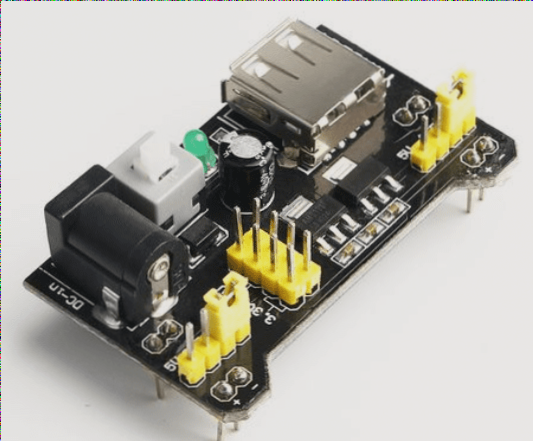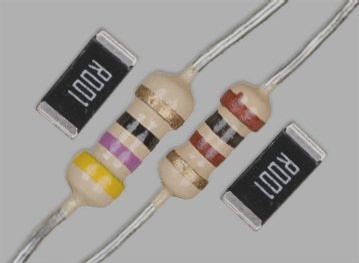Reliability Testing of PCBA Lead-Free Solder Joints
The reliability testing of PCBA (Printed Circuit Board Assembly) lead-free solder joints is essential for evaluating the performance and longevity of electronic products. These tests focus on thermal and mechanical stresses to simulate real-world conditions and ensure the long-term reliability of solder joints, critical for electronic device performance and lifespan.
Key Methods for PCBA Lead-Free Solder Joint Reliability Testing
- Visual Inspection: Detecting visible defects in solder joints.
- X-ray Inspection: Assessing internal quality and detecting hidden defects.
- Metallographic Section Analysis: Revealing cross-sectional structure for detailed insight.
- Strength Testing (Tensile, Shear): Evaluating mechanical strength under various forces.
- Fatigue Life Testing: Simulating repeated stress to determine lifespan.
- High Temperature and High Humidity Testing: Subjecting joints to harsh conditions for reliability assessment.
- Drop Testing: Evaluating solder joint robustness against mechanical shocks.
Visual Inspection
Visual inspection is crucial for detecting defects in PCBA lead-free solder joints. Lead-free joints may appear different from leaded ones, with rougher stripes and less fluid shapes due to phase transitions during soldering.
X-ray Inspection
X-ray inspection is vital for identifying internal defects like voids or improper wetting in solder joints, especially in lead-free joints with complex internal structures.
Metallographic Section Analysis
Metallographic sectioning reveals the solder joint’s structure, aiding in understanding intermetallic layers, solder distribution, and potential defects like cracks or voids.
Strength Testing (Tensile and Shear Testing)
Tensile and shear tests evaluate solder joint mechanical strength under pulling and sliding forces to assess their durability.
Fatigue Life Testing
Fatigue life testing simulates repeated stress to predict solder joint lifespan, crucial for applications subject to vibration.
High Temperature and High Humidity Testing
This testing assesses solder joint reliability under elevated temperatures and humidity levels to accelerate aging effects.
Drop Testing
Drop testing evaluates solder joint robustness during mechanical shocks, essential for consumer electronics like smartphones and laptops.
Random Vibration Testing
Random vibration testing assesses how solder joints perform under varying vibration frequencies and intensities, mimicking real-world scenarios like transportation or industrial usage. This test is crucial for understanding the behavior of lead-free solder joints when exposed to dynamic forces over time.
Conclusion
Ensuring the long-term durability and performance of electronic products requires reliability testing of lead-free solder joints in PCBA. By conducting thermal, mechanical, and environmental tests, manufacturers can gain valuable insights into solder joint behavior under different conditions. Each testing method offers a unique perspective on potential failure modes, aiding in better design, material selection, and process optimization to enhance the overall reliability of PCBs.
2. X-Ray Inspection
X-ray inspection is vital in the realm of lead-free soldering for PCBA, especially for examining spherical solder joints. Due to the higher soldering density of lead-free solders, issues like virtual soldering and cracks are more common. Materials such as copper, tin, and silver used in lead-free soldering are categorized as “high-density” materials, necessitating precise inspection techniques to detect defects.

3. Metallographic Section Analysis
Metallographic section analysis is a crucial method in studying metal materials, particularly in the reliability analysis of PCBA solder joints. This destructive testing technique involves preparing cross-sections of solder joints for microscopic examination to assess their microstructure and identify defects like voids, cracks, or improper bonding.
4. Automatic Solder Joint Reliability Detection Technology
Automatic solder joint reliability detection technology is an advanced, non-destructive method for evaluating solder joint quality on PCBA. Using a photothermal approach, laser energy is applied to solder joints point-by-point, and the resulting thermal radiation is monitored with infrared detectors. The heat radiation characteristics directly reflect solder joint quality, enabling integrity assessment without physical contact or damage.
5. Temperature-Related Fatigue Testing
Temperature-dependent fatigue testing plays a critical role in evaluating the reliability of PCBA lead-free solder joints, considering the thermal expansion coefficient differences between solder joints and connected components. This testing includes isothermal mechanical fatigue tests and thermal fatigue tests, replicating the thermal cycling conditions experienced by PCBAs during their operational lifespan.
Importance of Selecting Appropriate Testing Methods for Evaluating Lead-Free Solder Joints
When assessing the reliability of lead-free solder joints, it is crucial to choose suitable testing methods and define specific parameters based on the materials and testing conditions. Temperature-related fatigue tests focus on how solder joints react to repeated temperature fluctuations and mechanical strains. These tests aid in identifying potential failure modes of lead-free solder joints, such as cracking or delamination, resulting from the differential expansion and contraction of materials during thermal cycling.
Varying Resistance Levels of Lead-Free Solder Materials to Mechanical Stress
Research indicates that different lead-free solder materials exhibit diverse levels of resistance to mechanical stress at identical temperatures. Moreover, each material may display unique failure mechanisms and modes, underscoring the significance of selecting the appropriate lead-free solder alloy for specific applications. Temperature-related fatigue testing offers valuable insights into the long-term reliability of solder joints, ensuring that PCBA assemblies conform to reliability standards.
Enhancing Durability and Reliability of PCBA Assemblies
By conducting thorough temperature-related fatigue tests and carefully selecting the most suitable lead-free solder materials, manufacturers can enhance the durability and reliability of PCBA assemblies. Understanding how solder joints behave under varying conditions is essential for meeting quality standards and ensuring the longevity of electronic components.
- For inquiries related to PCB or PCBA, please don’t hesitate to contact me at info@wellcircuits.com.



